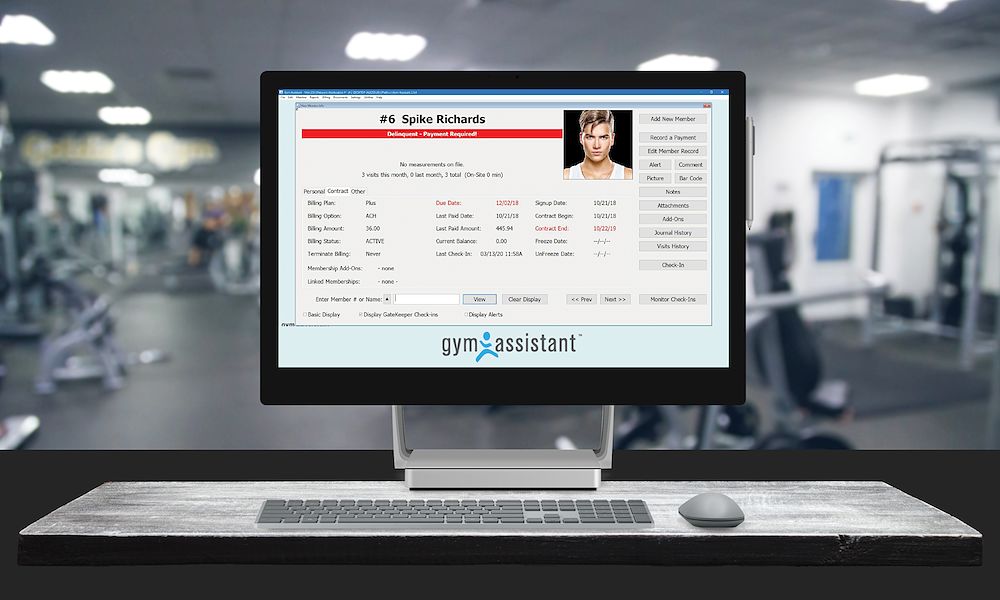How to open a Gym in New York
Opening a gym in New York is a promising venture, given the city’s vibrant fitness culture and the increasing demand for health and wellness services. However, starting a gym in this bustling metropolis requires meticulous planning, significant investment, and a keen understanding of the market. Here’s a step-by-step guide to help you navigate the process.
Step 1: Market Research and Business Plan
Conduct Market Research: Before diving in, it’s crucial to understand the fitness landscape in New York. Identify your target demographic, study your competitors, and analyze market trends. This information will help you carve out a niche and offer unique services. For example, is there a demand for boutique fitness studios focusing on yoga or pilates, or is there more interest in a traditional gym with extensive weight training and cardio equipment?
Create a Business Plan: A well-structured business plan is essential. Outline your gym’s mission, vision, target market, services offered, pricing strategy, marketing plan, and financial projections. This plan will serve as a roadmap for your business and is necessary for securing funding. Your business plan should also include an analysis of your strengths, weaknesses, opportunities, and threats (SWOT analysis) to prepare for potential challenges and leverage your unique selling points.
Step 2: Secure Financing
Opening a gym requires substantial capital. Costs include leasing or buying property, purchasing equipment, hiring staff, and marketing. Explore various financing options such as personal savings, bank loans, investors, or small business grants. Consider reaching out to venture capitalists who focus on the fitness industry or crowdfunding platforms like Kickstarter and Indiegogo if you have a unique concept that could attract public interest.
Step 3: Find the Right Location
New York’s real estate market is competitive, so finding the perfect location is critical. Look for a spot with high foot traffic, visibility, and accessibility. Consider the neighborhood demographics to ensure there’s a demand for a gym in that area. For example, a gym located near corporate offices might benefit from offering early morning and lunchtime classes, while a gym in a residential area might find success with family memberships and evening classes.
Step 4: Obtain Necessary Permits and Licenses
Navigating New York’s regulatory environment can be complex. You’ll need several permits and licenses, including a business license, health and safety permits, and potentially a special use permit depending on your location. Compliance with city zoning laws is also essential. It’s advisable to consult with a local attorney who specializes in business law to ensure you meet all legal requirements and avoid costly delays.
Step 5: Design and Equip Your Gym
Gym Layout and Design: Design a layout that maximizes space and provides a comfortable workout environment. Consider areas for cardio equipment, weight training, group classes, and personal training. Additionally, ensure there are sufficient locker rooms, showers, and rest areas. A well-thought-out design enhances the member experience and contributes to the gym’s overall ambiance.
Purchase Equipment: Invest in high-quality fitness equipment. This includes treadmills, stationary bikes, free weights, and resistance machines. Ensure you have a variety to cater to different fitness levels and preferences. Consider partnering with equipment manufacturers to get the best deals and warranties. Regular maintenance is also key to prolonging the life of your equipment and ensuring member safety.
Step 6: Implement Gym Software
Importance of Gym Software: Good gym software is integral to the smooth operation of your gym. It helps manage memberships, schedule classes, track attendance, process payments, and more. Efficient software enhances the member experience, improves staff productivity, and provides valuable insights into your business performance.
Choosing the Right Gym Software: Look for software that offers comprehensive features such as member management, online booking, billing, and reporting. Ensure the software is user-friendly and provides excellent customer support.
Step 7: Hire and Train Staff
Your staff is the face of your gym. Hire qualified trainers, front desk staff, and cleaning personnel. Provide thorough training to ensure they deliver excellent customer service and maintain a positive atmosphere. Consider offering ongoing professional development opportunities for your staff, such as certifications and workshops, to keep them motivated and up-to-date with the latest fitness trends.
Step 8: Marketing and Membership Sales
Create a Marketing Plan: Develop a marketing strategy that includes digital marketing, social media, local advertising, and community engagement. Offer promotions and discounts to attract new members. Utilize social media platforms like Instagram, Facebook, and TikTok to showcase success stories, promote classes, and engage with your audience. Influencer partnerships and local event sponsorships can also help increase visibility.
Build a Community: Foster a sense of community within your gym. Host events, create member challenges, and encourage social interaction. A strong community can lead to higher member retention and positive word-of-mouth. Consider creating a referral program where current members receive benefits for bringing in new members. Regularly engage with your members through newsletters, surveys, and social media to keep them informed and involved.
Step 9: Grand Opening and Ongoing Operations
Host a Grand Opening: Plan a grand opening event to introduce your gym to the community. Offer free classes, tours, and sign-up incentives. This can create buzz and attract potential members. Partner with local businesses to provide complementary products or services during the event, such as health food samples or fitness apparel discounts.
Ongoing Management: Regularly review your business operations and make necessary adjustments. Keep your facility clean and well-maintained, update your equipment, and continually train your staff. Utilize your gym software to monitor performance and make data-driven decisions. Regularly seek feedback from your members to improve services and address any concerns promptly.
Opening a gym in New York is a challenging yet rewarding endeavor. By conducting thorough research, creating a solid business plan, choosing the right location, and implementing efficient gym software, you can build a successful fitness business that thrives in the city’s competitive market. Stay committed to providing exceptional service and fostering a strong community, and your gym will become a valuable asset to New York’s fitness landscape.
Remember, the fitness industry is constantly evolving, so stay adaptable, embrace new trends, and continually strive to exceed your members’ expectations. With dedication and strategic planning, your gym can become a cornerstone of health and wellness in New York City.
At Gym Assistant we specialise in membership management software that is really easy to use – visit https://www.gymassistant.com/ for more!





